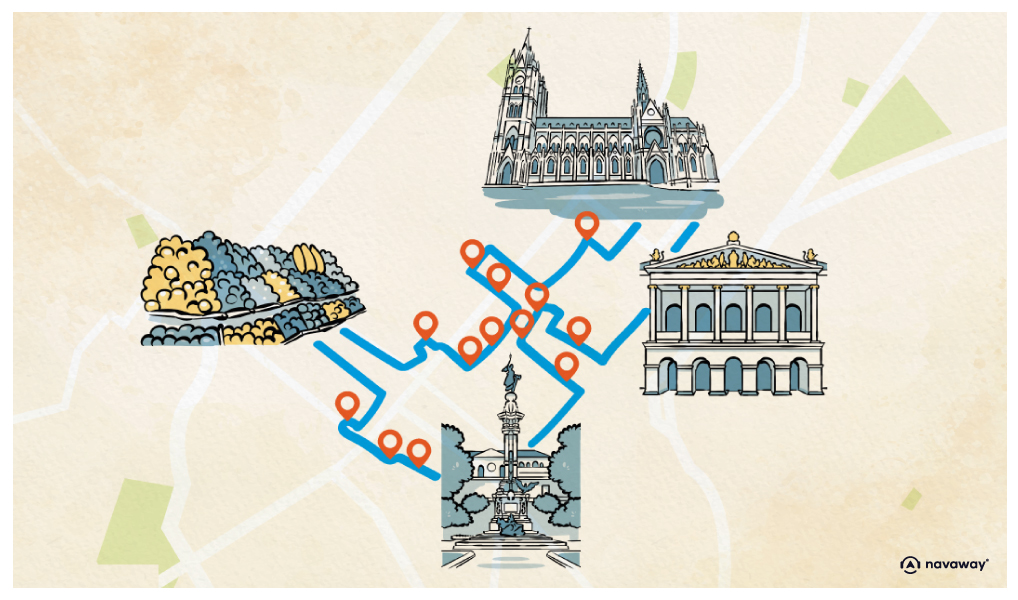
San Agustin Church
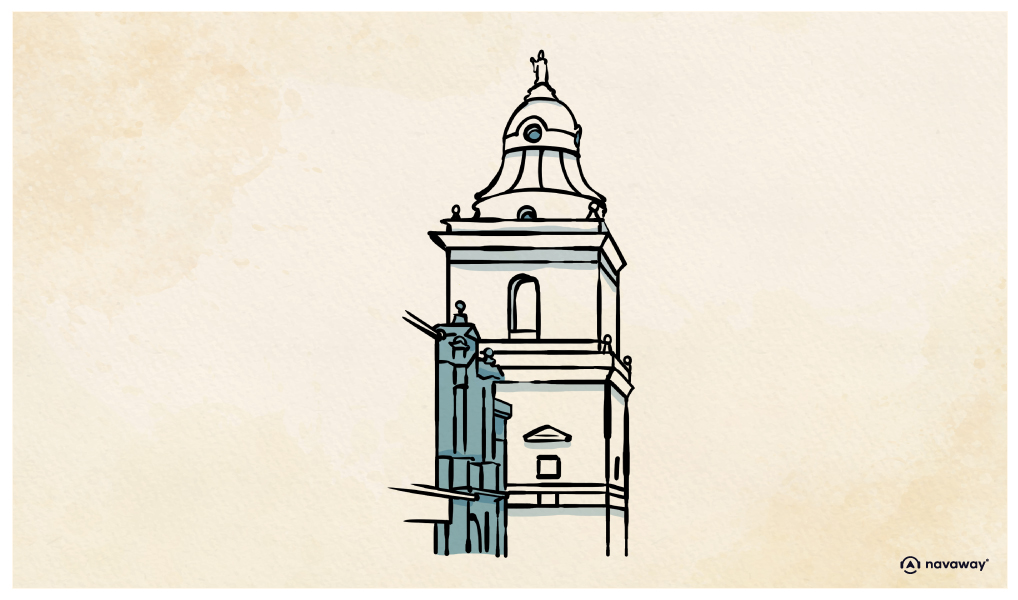
This point of interest is available as audio on the tour: Visit Quito, Lost in the Andes
This striking church, built from dark volcanic stone and outlined with crisp white doorways, is the Church of San Agustín. It belongs to the Order of Saint Augustine, who arrived in Quito in the mid-1500s, though their convent wasn’t fully completed until 1617. Since then, the church has weathered its share of disasters, including a volcanic eruption and an earthquake that hit just two years apart. Its facade embodies the Mannerist style,a late Renaissance movement that favored elegance, complexity, and a deliberate break from the balanced rules of classical art. And despite everything it’s been through, the inside still holds all the richness typical of Quito’s religious architecture. The ceilings feature intricate Mudéjar-style coffering, while the walls are lined with saintly paintings and a gilded altarpiece showing Christ on Calvary. Just next door is the convent’s chapter house, where the monks once gathered for important decisions. Built in the mid-18th century, it later took on major historical significance. This is where, in 1809, the Oath of the Sovereign Junta of Quito was signed after the city declared its independence. It was the first autonomous government ever formed on Quito’s soil, a direct response to the chaos in Spain caused by Napoleon’s invasion. The movement only lasted until 1812, but it’s remembered as the spark that lit the fire of independence across Latin America. The Junta was made up of scholars, physicians, nobles, and Creoles (meaning people born in Quito to Spanish families ) and they’re now honored as the heroes of August 10, 1809. Sadly, 32 of them were captured and executed in 1810 during a brutal crackdown. When local residents stormed two military barracks and a prison to try and rescue them, royalist forces responded by killing the prisoners. The violence spilled into the streets, and in the end, around 300 people were killed, nearly one percent of the city’s population at the time, a staggering number. Some of the patriots’ remains were buried right here in the chapter house. So as you can tell, this place carries weight far beyond its religious function. If it’s open, don’t hesitate to step inside and have a look.


Discover Quito with app
An interactive guide through the most beautiful streets, squares, and districts
19 fun audioguides full of historical facts, anecdotes, and legends
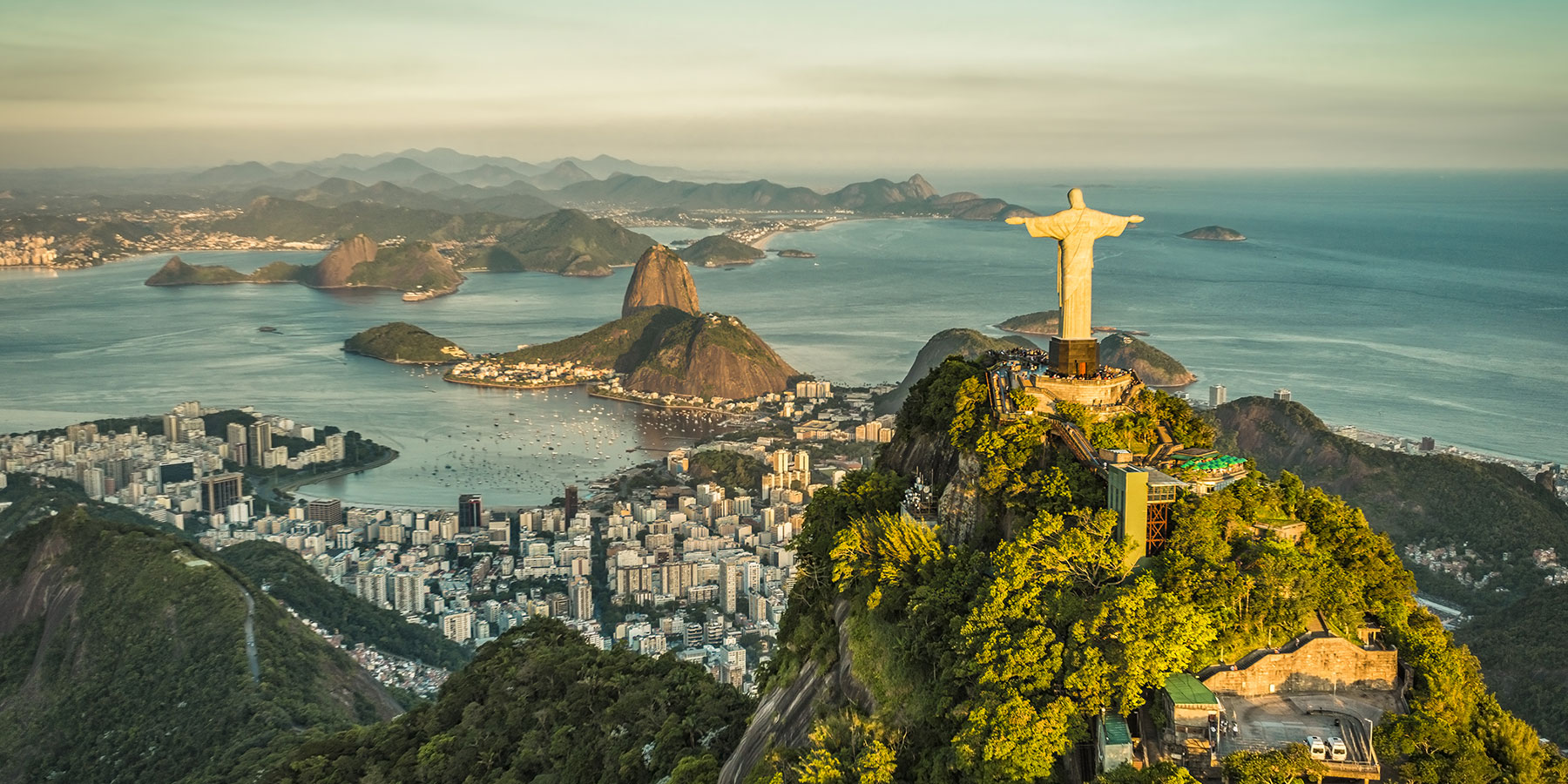
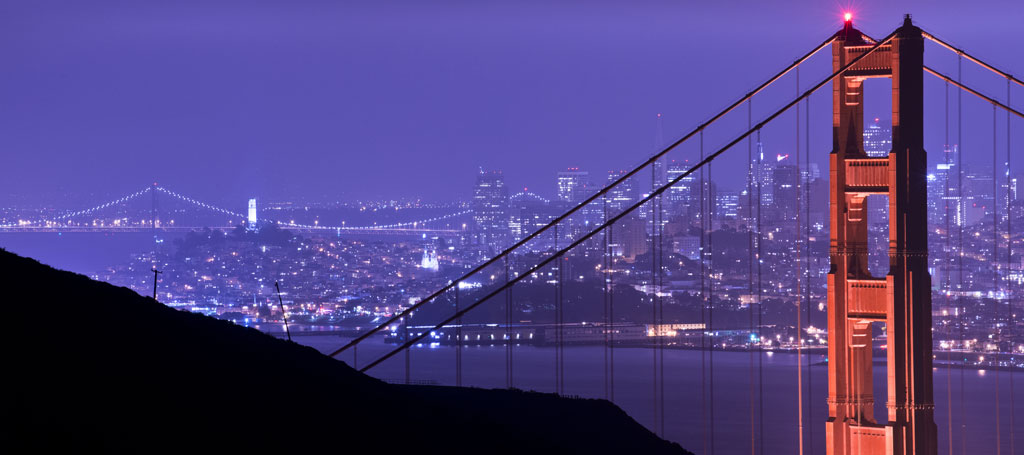
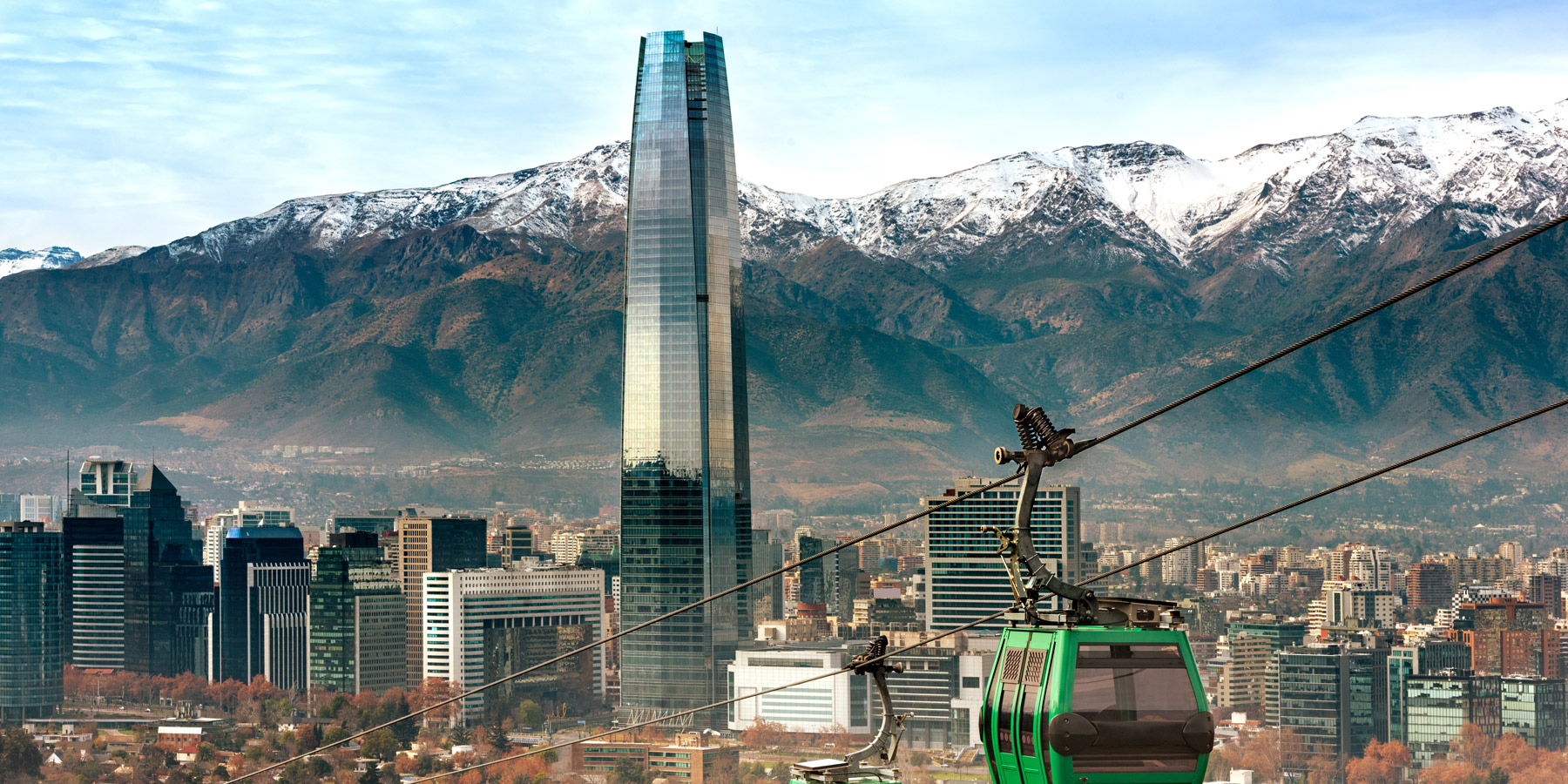
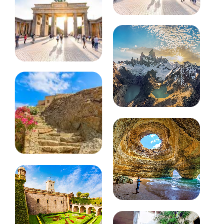

Comments